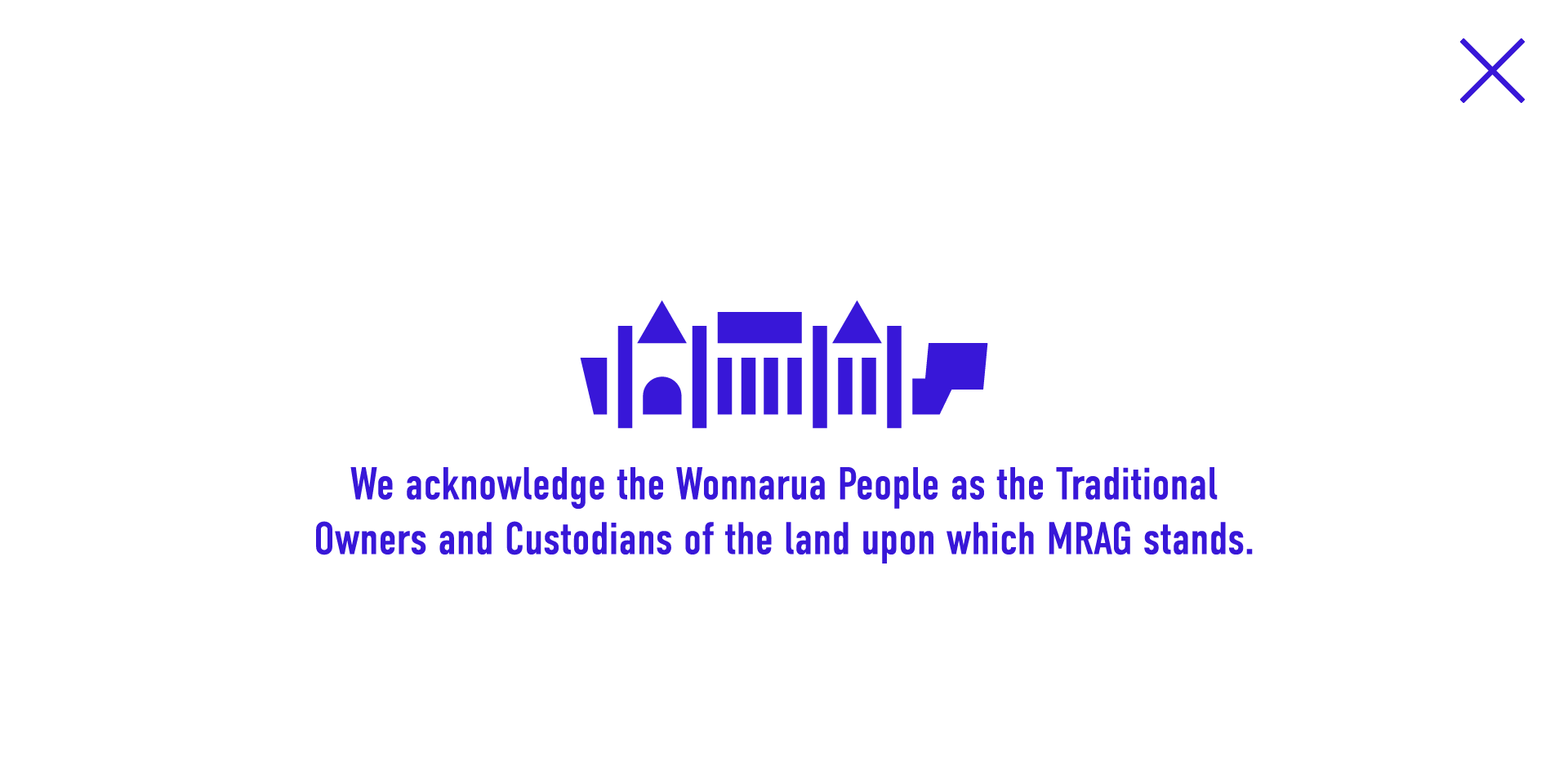Fiona Davies: Intangible Collection
August 15 2009 — November 22 2009

Fiona Davies installation Intangible Collections draws together historical and personal items, archived records and ephemeral memories of the diverse activities that once took place in the orginal buildings of the new MRAG. This beautiful exhibition commemorates the personal and social importance of the old Maitland Technical College building over its last hundred years.
A regional museum was an integral component of the College occupying the very space chosen for the installation. As an art gallery MRAG felt that just to borrow some of the museum’s items that are extant and held by the Powerhouse Museum, Sydney and the Australian Museum and simply to put them on display would not suffice. An installation would provide an artist’s response to the story over time of the museum and the other uses of the building, rather than just explain, with objects, what it used to look like and perhaps what it achieved as an educational tool and environment.
In Intangible Collection Fiona Davies is both confronting and awe inspiring in her overall statement that pays homage to a museum which was purpose built and then discontinued in less than fifty years as a result of a flood that also ruined quite a number of the original objects. The museum was part of the Maitland Technical College, opened in August 1910, and the flood, in 1955, was the harshest in Maitland’s recorded history.
Intangible Collection, however, is not just about the objects. It is as much if not more about the stories triggered by the objects and about offering a 21st century installation art interpretation of museums, their collections, their histories, and the ideas, emotions and aesthetic responses that are provoked by memories, objects, art. The original museum was a product of its time: objects in glass cases with labels, samples, technical details, descriptions of materials. Intangible Collection is also a product of its time: stories, memories, voices, visual imagery, aesthetics are the binding elements. Objects play a part but only a part.







